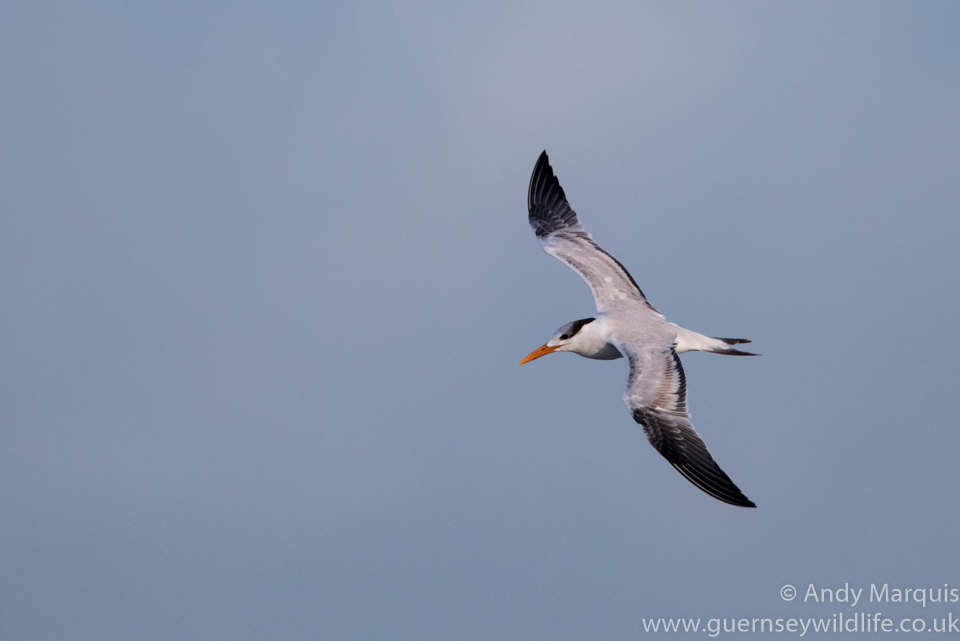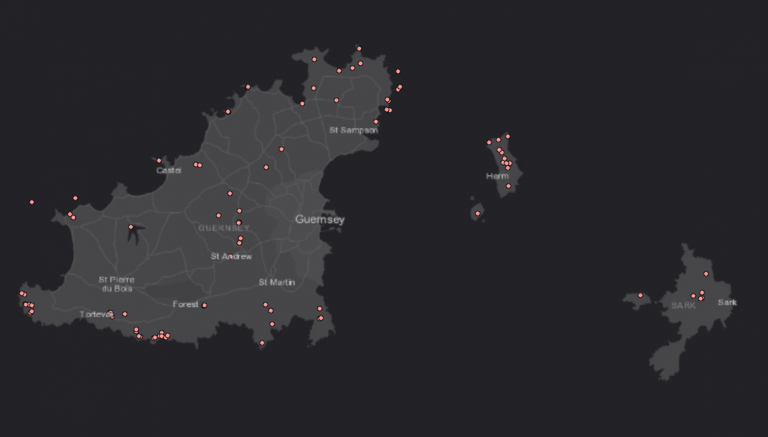Biological Recording
Circle of Puffins
© Neil Copsey
Bailiwick of Guernsey Wildlife Knowledge
In some areas we know a lot of about our wildlife. La Société has existed for over 100 years and the Channel Islands have many dedicated naturalists. We sit on an important migration route for many species and have good information on birds and lepidoptera (butterflies), with records going back to the 1800s for some species. We also know quite a bit about our local plants but there are big gaps in our knowledge for other groups.
Often knowledge sits with specialists and one of our key aims is to ensure that knowledge is not lost.
A very important project we started in 2020 is gradually adding records and surveys that only exist as paper copies into digital format.
Recording Forms
Not sure where to start?
We have several recording forms you can download or complete online:
Every record is important... so where do we begin?
Ad hoc or Casual Records
There are lots of different types of wildlife recording, they are all important and have different purposes. Sometimes keeping things simple is the more sensible thing we can do. A good introduction to recording is the casual record or ad hoc record.
You happen to see something, like a hedgehog, make a note and report it. It confirms the existence of a species at a certain place and time. We are all more likely to submit a casual record for something we are interested in, so charismatic species like birds and butterflies tend to be reported.
This is great because it means we get more records overall, but it also means we need to be careful when doing any analysis because we can get the number of sightings confused with the number of individuals. For example, when a rare bird arrives in Guernsey we will get lots of records submitted, but they will all be for the same bird.
Other issue with casual records
The flipside of casual records means that while we are all more likely to record and report what we are interested in, we also run the risk of observational bias.
This is a fancy term that means we:
- under report common species
- over report rare or unusual species
Have a look at the two cases below. While it might not matter today… in a 100 years people might think the Royal Tern was very common while rabbits were rare. This is why we also do:
- Dedicated surveys
- Long term monitoring
Under reported species
Common species like rabbits, rats and hedgehogs are often under reported. This is because we are so used to seeing them around we don't realise how useful they are to gauge the health of the habitat and population. In the map to the left (below on mobile) we can see how under reported rabbits are.
Rarities
These are species that do not normally come to the Channel Islands but for some reason have turned up. In recent years rarities have included leatherback turtles, a very lost humpback whale and most recently on 20th May 2020 a bearded vulture cruised the Alderney skies. When these species visit we can get lots of sightings, but they are all for the same individual.

Royal Tern, Thalasseus maximus
© Andy Marquis
Our Royal Tern’s interesting history
This very unusual visitor was first spotted in Guernsey, 4th February 2017.
The royal tern is characterised by narrow wings, black cap, black wingtips and an orange bill. When perched or standing that lovely black cap reveals the top of its head is white and the black feather stretch backwards past the end of its head like a backwards facing basketball cap!
Since then the tern seems quite happy to have taken up residence. Every now and then he disappears, sometimes for months, but it’s 2020 and we still see him. This means every record in the last 3 years is the same bird.
This is important to bear in mind when surveying, because otherwise an outside researcher might assume that we have a healthy population of royal terns… rather than just one!
Is the Royal Tern a girl or boy?
We use the term “he” but we don’t know if our Royal Tern is a male or female. A DNA sample has been obtained and we are waiting for the results.
